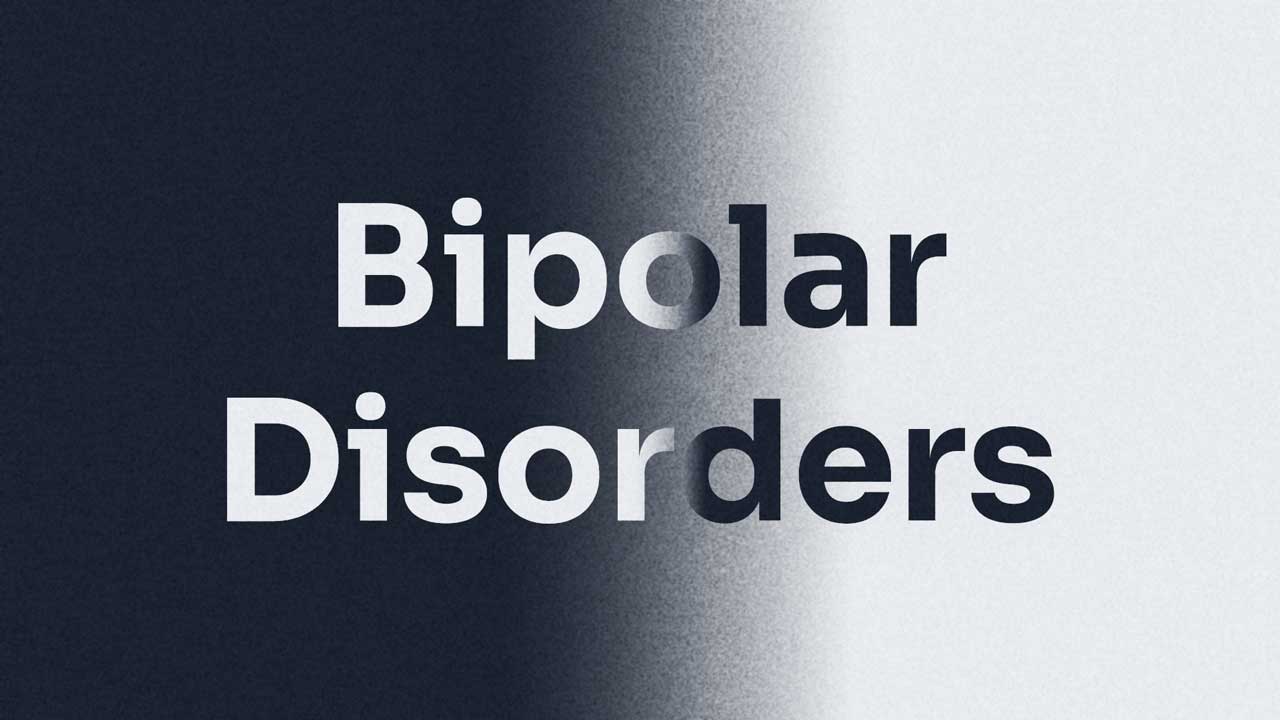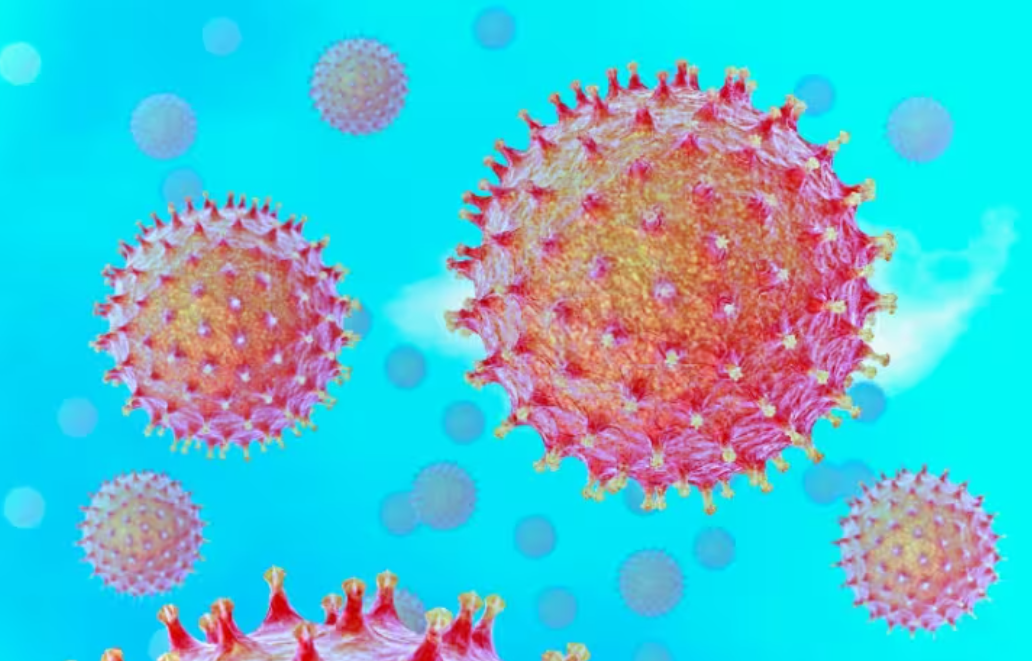Transcranial magnetic stimulation (TMS), first approved by the FDA in 2008 for the treatment of major depressive disorder (MDD), has revolutionized psychiatric treatment by using a strong magnetic field to stimulate key brain areas. Recommended early on by the American Psychiatric Association in its 2010 Practice Guidelines, TMS has since expanded its FDA-approved indications to include major depressive disorder in teenagers (15 and older) and adults, obsessive-compulsive disorder (OCD), migraine headaches, and smoking cessation. TMS also holds promise for other conditions and potentially wellness-related applications, although these require clinical caution, good evidence, and clear ethics for any off-label uses.
The Promise of Accelerated TMS
While traditional TMS protocols involve daily treatments over four to six weeks, a recent pilot study by Leuhr et al. (2024) has shown that accelerated TMS protocols can achieve better results in a shorter time span. In this study, 21 patients with severe treatment-resistant depression received a rapid TMS protocol with six to eight treatment sessions per day, each lasting only three and a half minutes. This approach delivered over 21,000 magnetic pulses in total, resulting in 55% of patients achieving remission of depression within the first week, a number that rose to 70% over time. Additionally, 55% of those who did not fully remit experienced relief of at least half their symptoms. Although these results are promising, further research is needed to validate the findings.
Recently, two patients with chronic depression, suicidal thinking, and a history of developmental and adult trauma were treated with this accelerated protocol. Both patients reported significant improvement by the beginning of the second day, with early resolution of almost all depression symptoms by the end of the week. These real-time results echoed the pilot study’s findings and highlighted the potential of accelerated TMS in providing rapid relief for treatment-resistant depression. Close monitoring and ongoing psychotherapeutic support are essential to sustain and build on positive outcomes, as well as to determine if maintenance TMS is required.
Understanding TMS
TMS uses a strong electromagnetic field to directly stimulate the surface of the brain with fluctuating magnetic pulses, causing neurons in the targeted area to fire. Depending on the type of stimulation used, TMS can either activate or suppress activity in a given cortical region, influencing clinical outcomes based on which brain areas are stimulated and their connections with other brain regions. For instance, treating the left dorsolateral prefrontal cortex (L DLPFC) for MDD affects the anterior cingulate cortex (ACC) and other areas. In contrast, the left dorsomedial prefrontal cortex (L DMPFC) is targeted in some OCD protocols.
Traditional non-accelerated TMS protocols involve daily treatments for four to six weeks, with each session lasting 30 to 40 minutes and delivering magnetic pulses every 20-30 seconds at a frequency of 10 Hz for four seconds. This approach does not require sedation or anesthesia and has high remission rates of over 60%, with corresponding high partial response rates. While insurance coverage for traditional TMS has improved over the years, accelerated protocols are less likely to be covered.
Accelerated TMS in Practice
In the context of treatment-resistant bipolar depression, researchers led by Dr. Yvette Sheline at the University of Pennsylvania have explored the potential of accelerated TMS. Published in JAMA Psychiatry, their study involved 34 patients with treatment-resistant bipolar depression, with 24 ultimately participating in a randomized, blinded clinical trial. Participants were divided into two groups: one receiving active aiTBS treatment and the other receiving a sham version designed to mimic the real treatment without actual stimulation.
The aiTBS protocol involves delivering rapid TMS sessions multiple times a day over a condensed five-day period. Unlike traditional TMS, which requires longer sessions over several weeks, aiTBS provides a more intensive treatment in a shorter timeframe. The study’s results were compelling: participants receiving active aiTBS treatment showed a significant reduction in depression scores, with an average drop from 30.4 to 10.5 on the MADRS scale. Five of the 12 participants in the active group achieved scores corresponding with “remission,” compared to none in the sham group.
Conclusion
The success of aiTBS in treating bipolar depression, especially for those who have not responded to conventional therapies, underscores its potential as a highly effective and rapid-acting treatment. Further trials with larger and more diverse patient populations are needed to evaluate the long-term efficacy and comparative benefits of aiTBS. The short duration and high antidepressant efficacy of aiTBS present an opportunity to treat patients in acute settings where a compressed time course is necessary. This breakthrough offers new hope for individuals struggling with treatment-resistant bipolar depression, paving the way for more effective and accessible therapeutic options.



